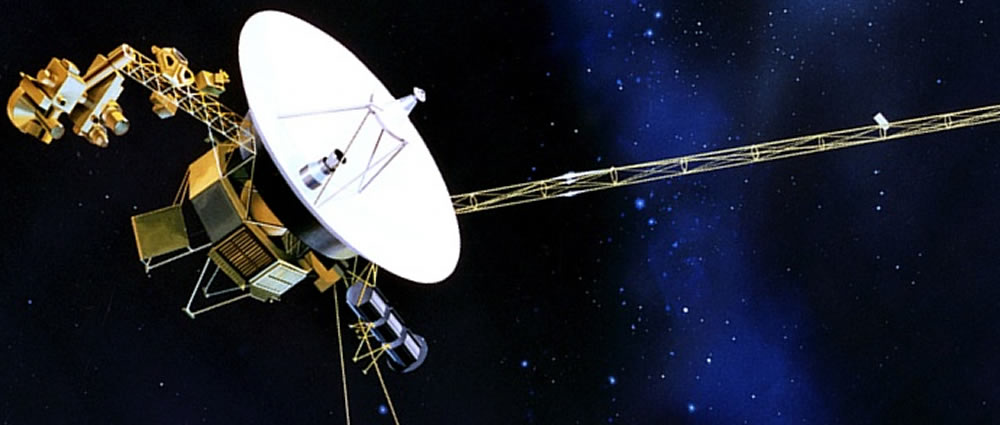Although space to a large extent is undiscovered yet, many believe that the science has made a huge step forward and many things are known, whereas the things that have not been explored yet are most likely so distant that those would not be discovered any time soon. In the last couple of years we do not hear many news about space exploration on the tv or radio. Even if there is some news regarding some space shuttle being launched, this most likely would not make a huge hit in comparison to how things were just a couple of decades ago. Just not a long time ago people were so much into the news about the space that every step taken by the scientists was taken as a headline news. The US and USSR were always fighting over the dominance in the space and who could discover more. Success in space exploration was regarded as something that indicated the success the development of the state as such.
In the 1970s, space exploration was a fairly new field of study that fascinated space enthusiasts and astronauts alike based on the infinite possibilities that lied ahead. Was there extraterrestrial life? Were other planets habitable? Can human beings travel to space and back safely? These were some of the questions regular people asked. Amidst the Saturday Night Fever that enveloped very corner of the globe, NASA launched two spacecrafts, Voyager 1 and 2, with the aim of exploring the elusive and fascinating solar system. Voyager 1’s principal mission was to collect adequate information on planets Jupiter and Saturn, going in as far as weather conditions, moons, and information on magnetic fields that might surround the planets which are concerned. Additionally, the Voyager was to offer insight into planet Saturn’s largest moon, Titan. It did so quite beautifully gettting as close as 4,000 miles to the surface of the moon. Voyager 1 successfully managed to supply diverse images of the two planets, while making intriguing discoveries of new moons, volcanic and planetary activity that was quite impossible before its launch. Ideally, the Voyager was designed to move from planet to planet, taking advantage of the planetary pull to propel it forward. After completing its mission successfully, Voyager 1 continued its exploration of space, travelling out the solar system into a new unchartered world to become the furthest man-made apparatus sent into space. Today, the Voyager 1 continues to wander into the heliopause, which refers to the outermost part of the solar system yet to be accessed by any other craft. The information generated by the exploration will allow astronomers to gain a better understanding of the interstellar medium. Additionally, discoveries from the voyage will allow for proper measurements of various interstellar waves and particles. The Voyager 1 is estimated to continue its journey for another few years, discerning interstellar conditions and making new discoveries that were unfathomable at its launch in September of 1977.
The updates which we recieve from Voyager 1 are certainly thought-provoking. Along with Voyager 2, it moves up there in empty space, flying high, representing our curious nature and our quest to seek more knowledge about the origins of our universe. As it now enters a whole new area that hasn't been discovered, we can only expect the surge of information from Voyager 1, which is going to enhance the understadning of our universe.






